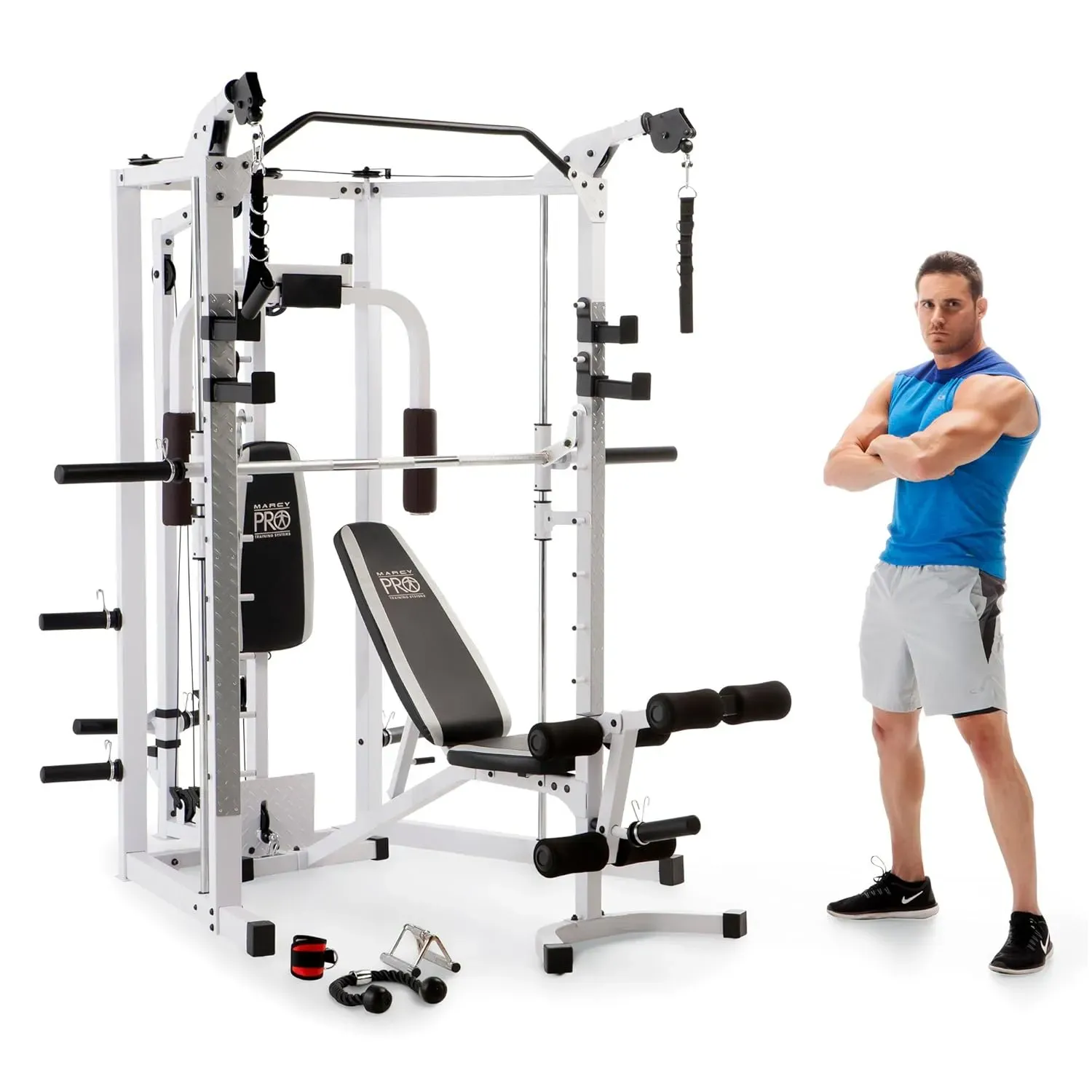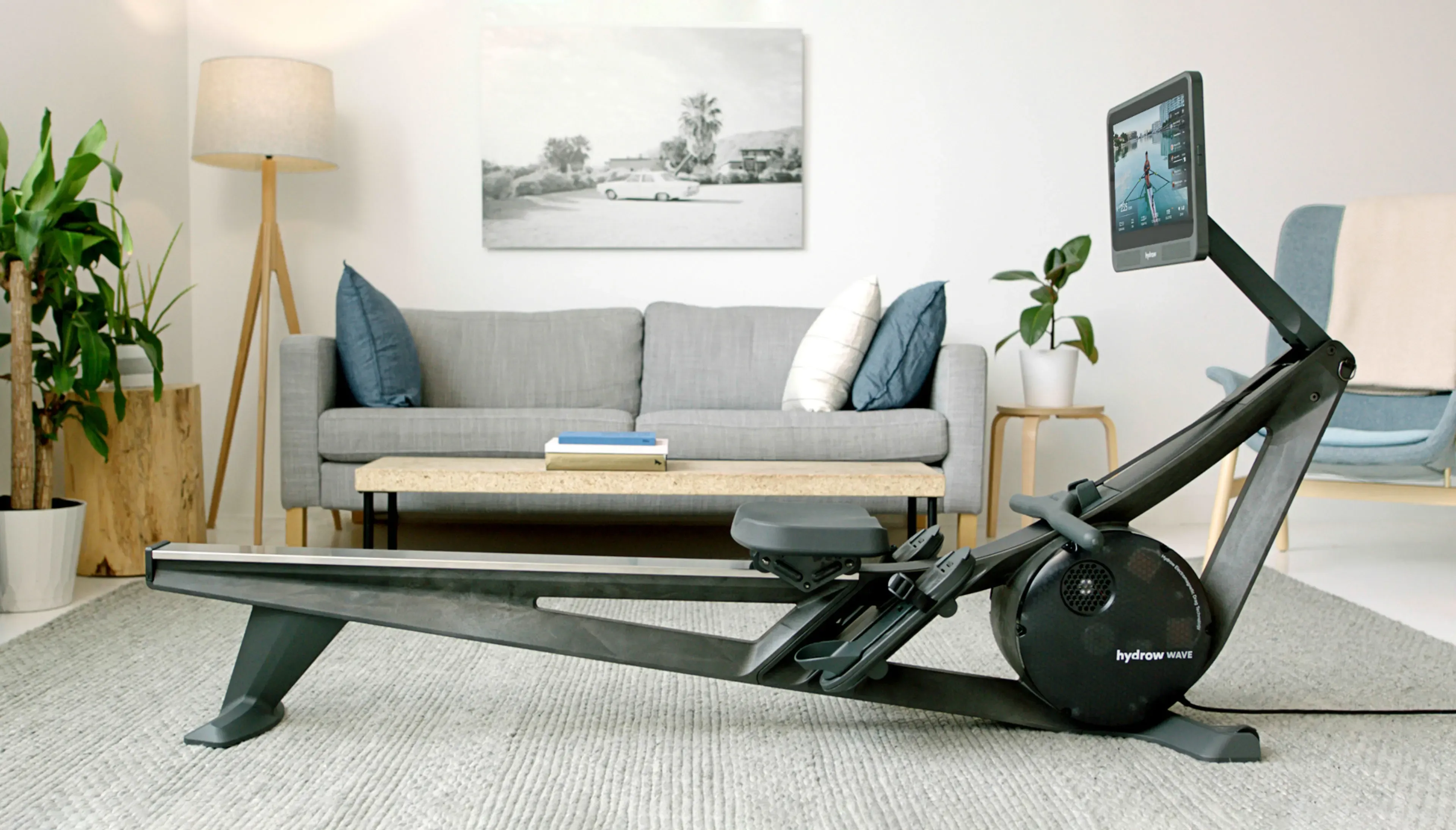Table of Contents
So, you've decided to ditch the crowded gym scene. Maybe the commute is a hassle, or perhaps you just prefer sweating it out without someone else's questionable playlist blasting in your ear. Setting up a home gym sounds great, right? Until you start looking at all the options and realize the internet is drowning in gear, each piece promising to transform you into a mythical fitness creature.
Choosing the Right Pieces: What Makes Equipment the Best?
Choosing the Right Pieces: What Makes Equipment the Best?
Beyond the Shiny Brochures: What "Best" Really Means
Stepping into the world of home gym gear feels like walking into a used car lot sometimes. Everyone's got the "best" deal, the "most innovative" tech. But let's be real, what works for a powerlifter in a three-car garage isn't going to cut it for someone trying to squeeze in a quick workout in a studio apartment. Thebest home gym fitness equipmentisn't universally decreed from on high. It's deeply personal, tied directly to your available space, your budget, and crucially, what you actually *enjoy* doing.
Think about it. Buying a massive functional trainer might seem cool, but if you hate cable exercises and only have room for a yoga mat, that expensive piece of metal becomes a very large, very shiny coat rack. "Best" means durable enough not to fall apart after a few months, versatile enough to handle more than one exercise (unless it's a highly specific piece you absolutely need), and perhaps most importantly, something you will consistently use.
Sorting Through the Specs: Durability, Versatility, and Your Goals
Once you've squared away the space and budget questions, it's time to look at the gear itself. Durability is non-negotiable. You're putting your body weight, or heavy iron, on this stuff. Cheap materials mean wobbly frames, worn cables, and potential injury. Look for solid steel construction, quality welds, and reputable brands known for standing behind their products. A bargain isn't a bargain if it breaks in a year.
Versatility is another big one, especially if space is tight. Can a single piece of equipment serve multiple purposes? A good squat rack isn't just for squats; you can bench press, overhead press, do pull-ups, and attach resistance bands. Adjustable dumbbells replace a whole rack of fixed weights. Smart home gyms offer a massive range of exercises without taking up much physical space. Consider how many different movements you can perform effectively and safely on a single piece.
Here's a quick checklist to run through:
- How much space do I actually have? (Be honest, measure it)
- What's my realistic budget? (Include potential future additions)
- What are my primary fitness goals? (Strength, cardio, flexibility, general health?)
- What types of exercise do I enjoy (or at least tolerate)?
- How durable is the equipment? (Check reviews, materials)
- How versatile is it? (Can it do more than one thing?)
- Are there necessary safety features? (Spotter arms, stable base)
Top Picks for Best Home Gym Fitness Equipment in 2025
Top Picks for Best Home Gym Fitness Equipment in 2025
Solid Steel and Serious Squats: Racks and All-in-Ones
Alright, let's talk about the heavy hitters, the core pieces many serious home gym enthusiasts build around. When you're looking for thebest home gym fitness equipmentfor strength training, a solid power rack or an all-in-one system is often at the top of the list. Take the REP PR-1100, for example. People rave about its durability and versatility for a budget-friendly price. It handles squats, bench presses, pull-ups – the fundamentals. Then there are units like the Bells of Steel All-in-One Home Gym. It combines a squat rack with a functional trainer, giving you cables for isolation work alongside your barbell lifts. It's like getting two crucial pieces of equipment without needing double the floor space. These aren't just pieces of metal; they're the foundation for a ton of different workouts.
Smart Tech and Compact Power: The Future is Here
Stepping away from traditional iron, the landscape of thebest home gym fitness equipmentnow includes some seriously smart tech. Tonal, for instance, is a wall-mounted system using digital weight. No plates to load, just turn it on, select a workout, and it adjusts the resistance. It's slick, offers guided programs, and provides data tracking that old-school weights can't match. Then there's the Speediance Gym Monster, a more compact digital cable machine that still packs a punch. For those really squeezed for space, even something like the X3 Bar, which combines resistance bands with a bar, offers a surprising amount of resistance in a tiny footprint. These options appeal if you're short on room or just prefer guided, data-driven training over stacking 45s.
Here are a few types of top-rated equipment gaining traction:
- Versatile Power Racks (like REP PR-1100)
- All-in-One Trainer/Rack Combos (like Bells of Steel)
- Digital Resistance Machines (like Tonal, Speediance)
- Specialized Lower Body Trainers (like Freak Athlete Hyper Pro)
- Portable Cable Systems (like Beyond Power Voltra I)
Beyond the Barbell: Specialized and Space-Saving Wonders
Not everyone needs a full rack setup, and that's okay. Thebest home gym fitness equipmentlist includes some more specialized pieces designed for specific goals or tight spaces. The Freak Athlete Hyper Pro, for instance, focuses heavily on lower body movements like reverse hypers and GHDs – stuff that's hard to replicate elsewhere. If you're into cable work but don't have room for a full functional trainer, the Beyond Power Voltra I is a portable cable machine you can take almost anywhere. These pieces might not be the first things you buy, but they fill important niches and show how diverse home gym options have become. It's about finding the tools that directly support your training, even if they're a bit outside the typical weight rack and bench.
Building Your Setup: Beyond Just the Best Home Gym Fitness Equipment
Building Your Setup: Beyond Just the Best Home Gym Fitness Equipment
Beyond Just the Big Machines: Creating the Right Space
Finding thebest home gym fitness equipmentis a solid start, sure, but thinking that's the whole story is like buying a fancy car and forgetting you need gas and roads. Your setup is more than just the big pieces of iron or tech. It's the environment you create. Do you have decent flooring so you're not dropping weights on your living room tiles? Is there enough light? Maybe a mirror so you can check your form and avoid looking like you're wrestling a bear? Little things matter too – resistance bands for warm-ups or cool-downs, a jump rope for quick cardio bursts, a decent speaker for motivation (or distraction). It's about building a space you *want* to spend time in, not just stuffing a few machines into a corner.
- Protective flooring (rubber mats save your subfloor)
- Adjustable bench (a must-have for versatility)
- Resistance bands (cheap, portable, effective)
- Jump rope (simple, high-intensity cardio)
- Good lighting (helps with safety and mood)
- Mirror (check form, ego boost optional)
Making the Investment: Cost and Value of Best Home Gym Fitness Equipment
Making the Investment: Cost and Value of Best Home Gym Fitness Equipment
Shelling Out: The Upfront Cost vs. The Monthly Drain
Alright, let's talk brass tacks. Setting up a home gym, especially if you're eyeing some of thebest home gym fitness equipment, isn't usually pocket change upfront. You're looking at dropping potentially hundreds, maybe even thousands, on racks, weights, benches, or those slick smart machines. This initial hit can feel pretty steep compared to the relatively low monthly fee for a commercial gym membership.
Think of it like buying a car instead of taking the bus. The car costs way more immediately, but you own it, use it whenever you want, and eventually, it might feel like it pays for itself compared to years of fares. A home gym is similar. That $2,000 rack might seem wild, but if you cancel a $50/month gym membership, you break even in just over three years. And that equipment doesn't expire or charge you extra for classes you don't attend.
Here's a quick look at potential cost ranges for core items:
- Basic Adjustable Dumbbells (pair): $200 - $500+
- Solid Squat Rack (mid-range): $400 - $1000+
- Adjustable Bench: $150 - $500+
- Olympic Barbell: $150 - $400+
- Weight Plates (400-500 lbs): $300 - $800+ (depending on material and availability)
- Smart Home Gym System (Tonal, etc.): $2500 - $4000+ (plus subscription fees)
The Long Game: Durability, Resale, and Avoiding "Buy Cheap, Buy Twice"
It’s tempting to chase the lowest price tag when building your home gym. You see a squat rack for $200 and think you've found a steal. Often, you haven't. Cheap equipment often uses thinner steel, has wobbly components, and lacks crucial safety features like robust spotter arms. This isn't just inefficient; it's potentially dangerous when you're lifting heavy weight alone. Investing in durable, well-builtbest home gym fitness equipmentfrom reputable brands saves you headaches, prevents injuries, and lasts for years, often retaining significant resale value if you ever decide to upgrade or sell.
My first bench was a flimsy thing I got off Craigslist for fifty bucks. It flexed under anything over 185 lbs, made unsettling creaking noises, and frankly, felt like a death trap. Upgrading to a solid, flat bench was one of the best decisions I made – suddenly I could focus on the lift, not whether the bench would collapse. Sometimes paying more upfront for quality means you don't have to replace it later, which actually saves you money in the long run and, you know, keeps you from getting crushed.
Ask yourself:
- Will this equipment handle the weight I plan to lift now and in the future?
- Are the safety features adequate? (Spotter arms reach low enough, pins are secure)
- What do long-term reviews say about its durability?
- Is the warranty decent?
Building Your Fortress of Sweat
So there you have it. Navigating the world ofbest home gym fitness equipmentisn't about finding a magic bullet, but rather piecing together the tools that make sense for you. We've looked at some solid contenders, from racks that fold away to smart tech that talks back. Remember, the fanciest gear won't lift the weights for you, but the right equipment can make the process less of a chore and more of a habit. Take stock of your space, your wallet, and what you actually enjoy doing (or can tolerate doing consistently). Building a home gym is an investment, sure, but it's an investment in showing up for yourself, day after day, without having to share a bench or wait for the squat rack. Now, go figure out what works and get to it.